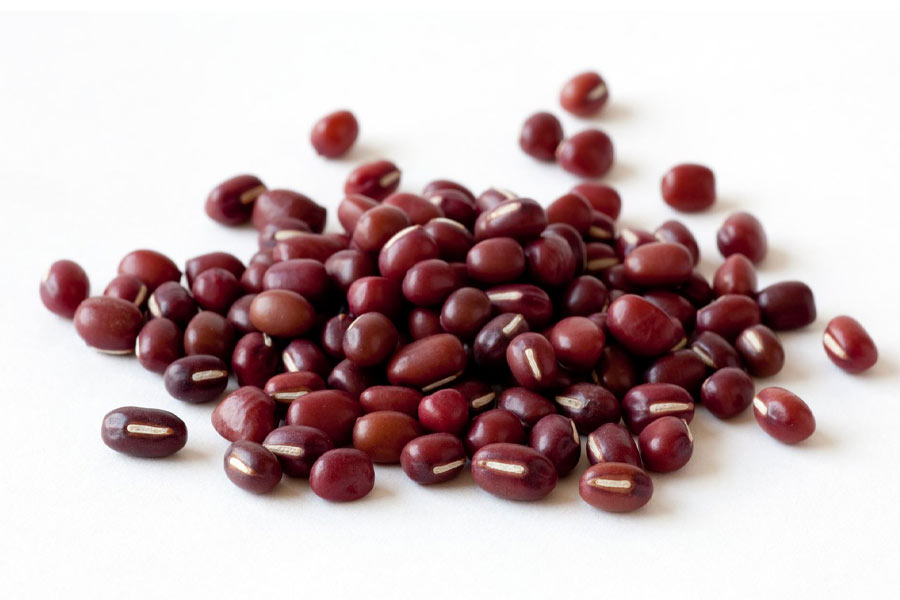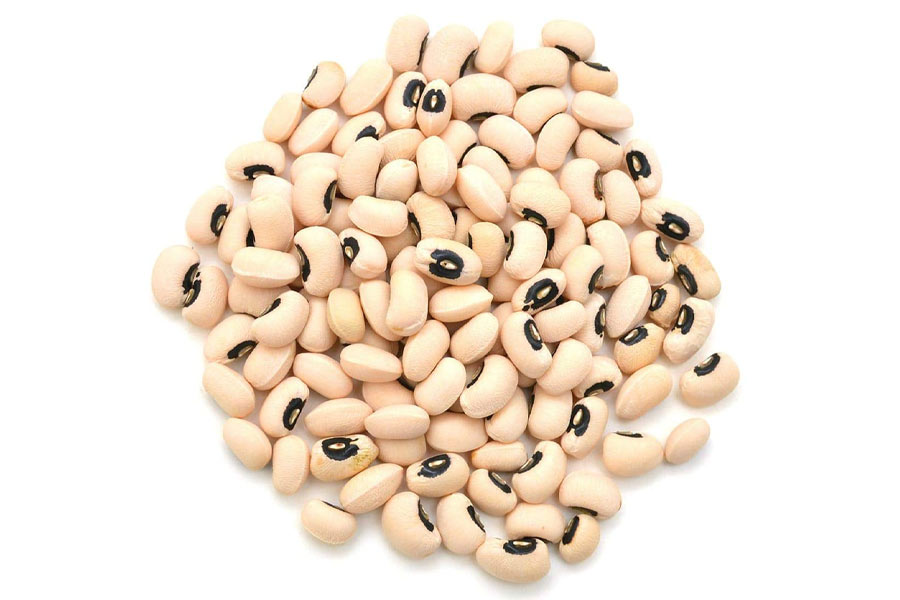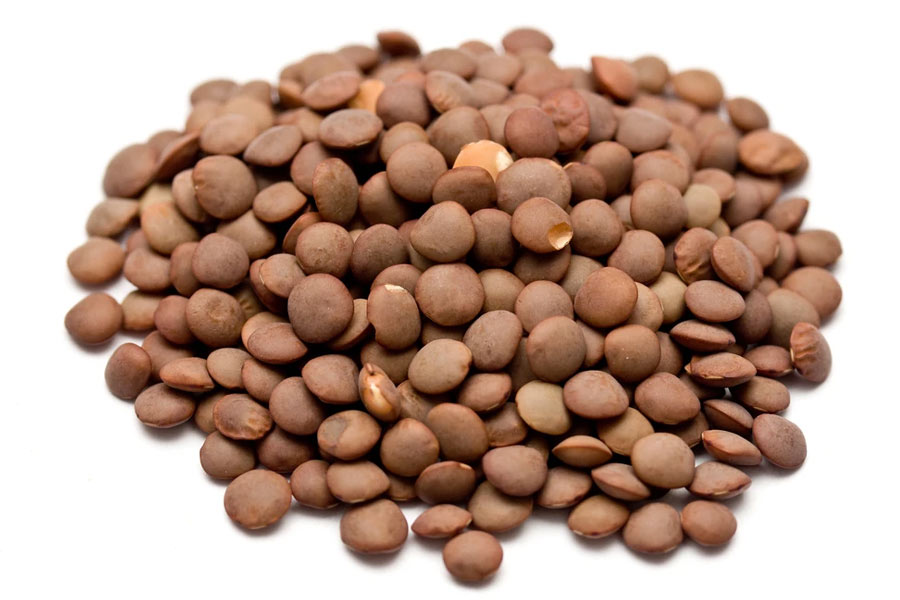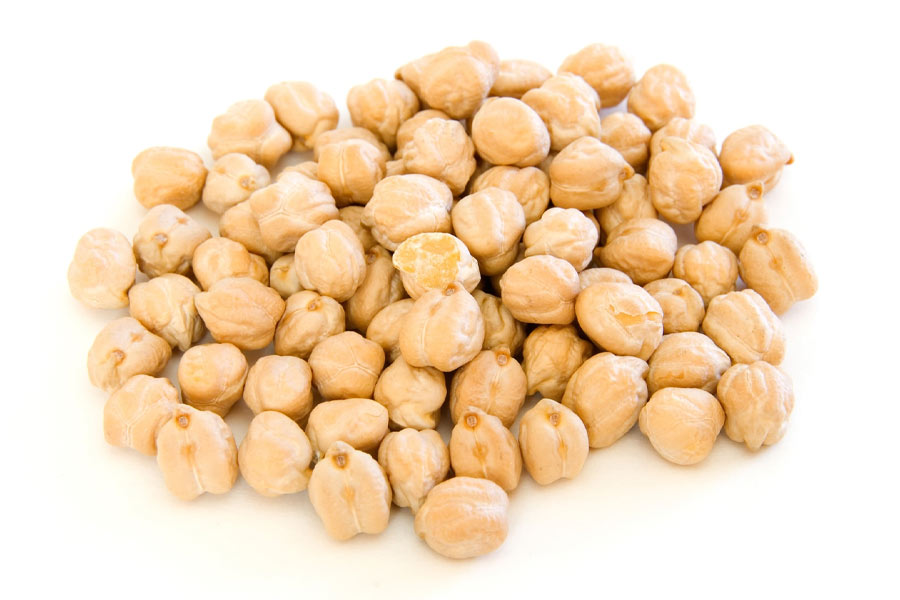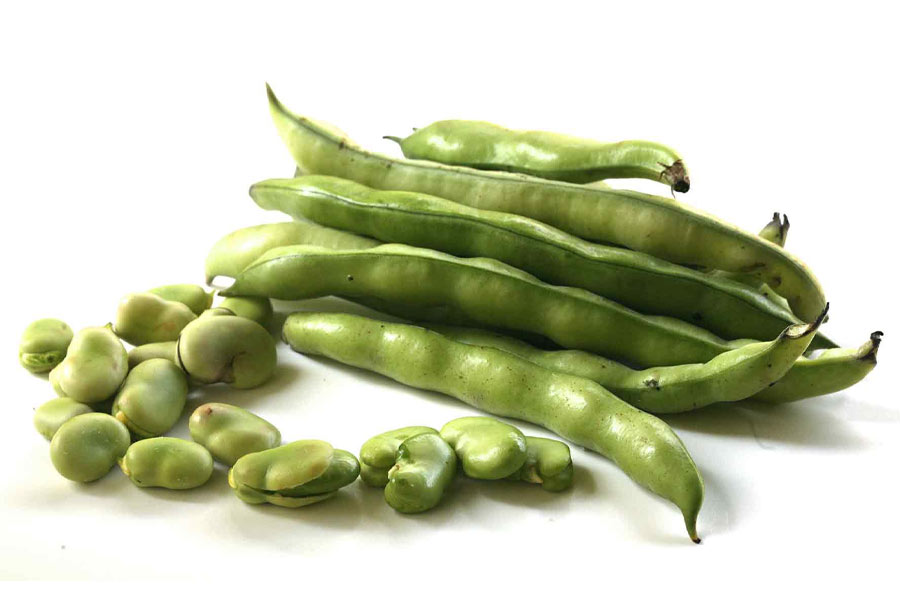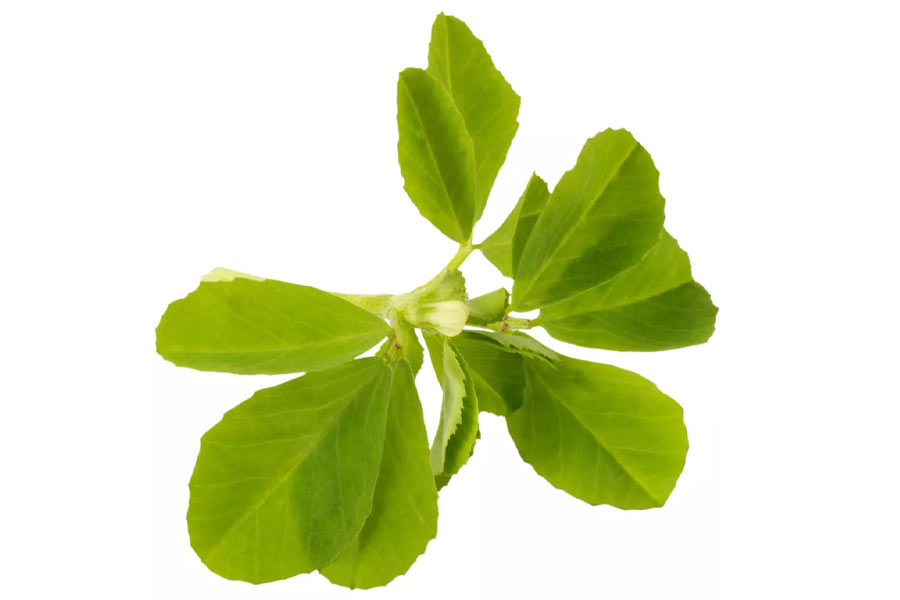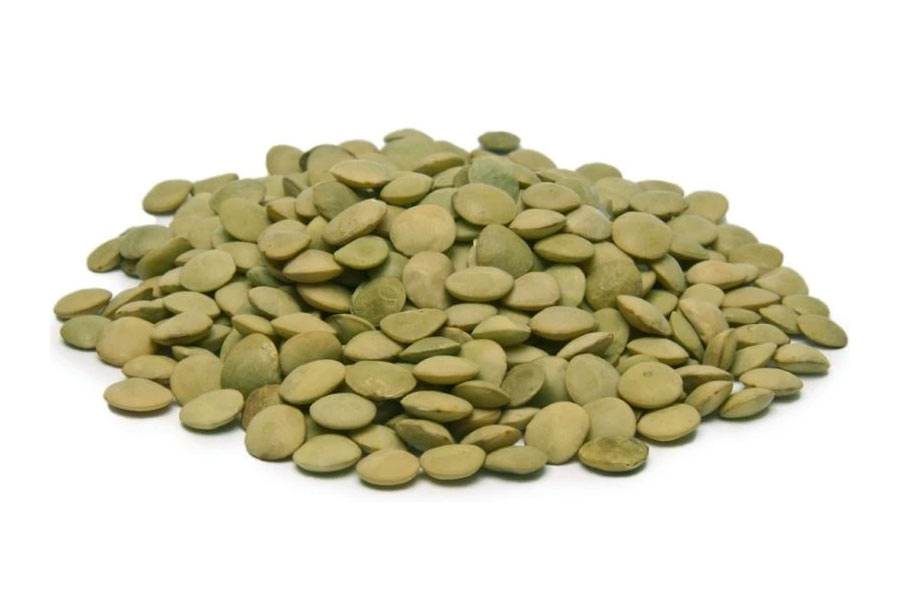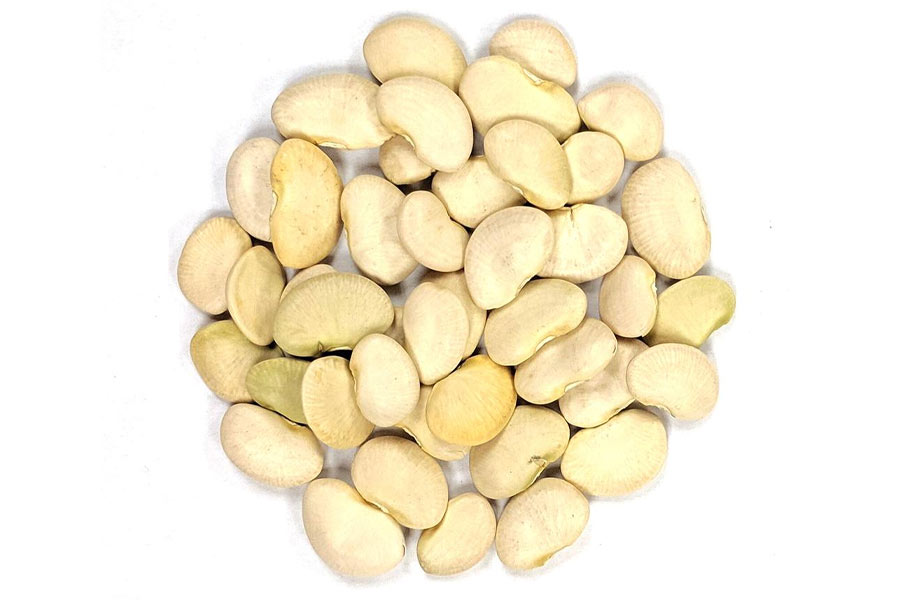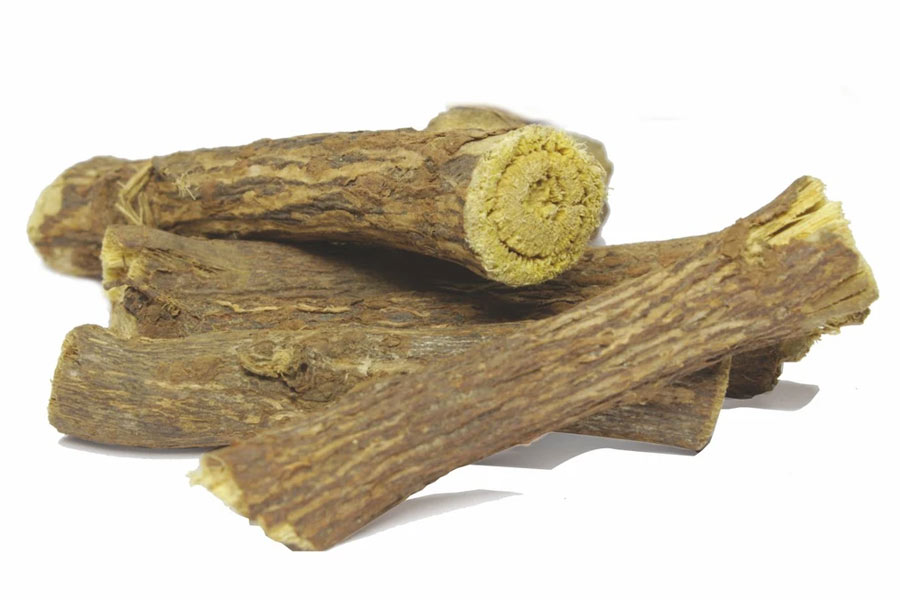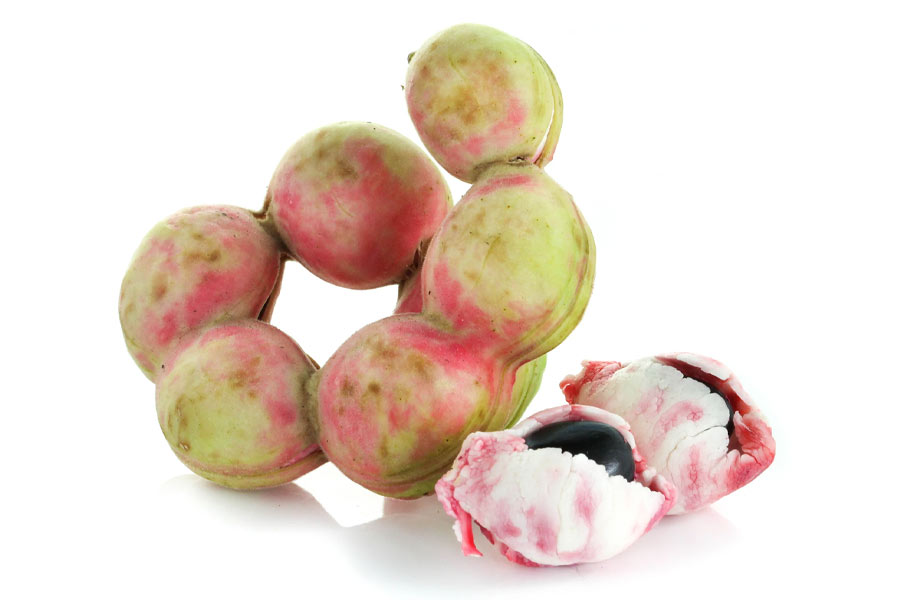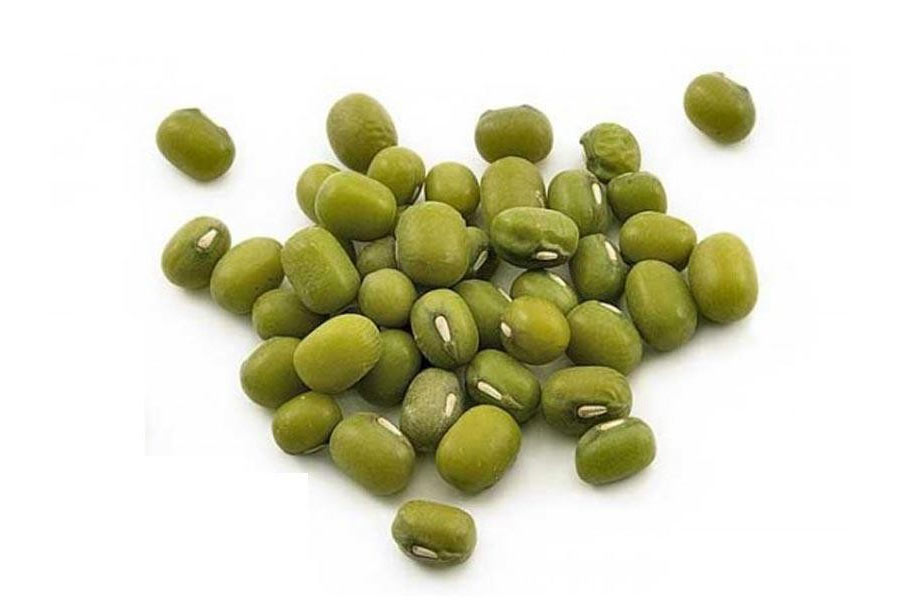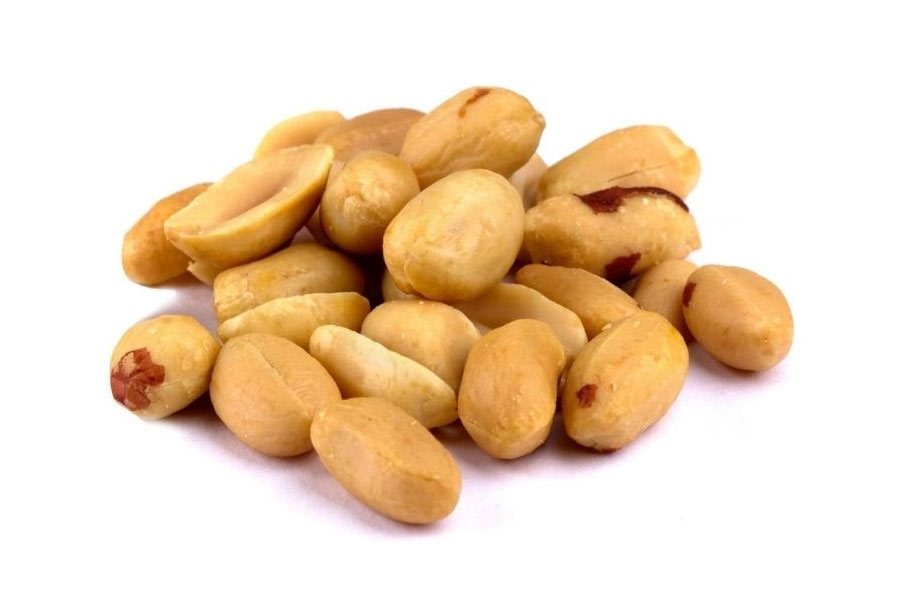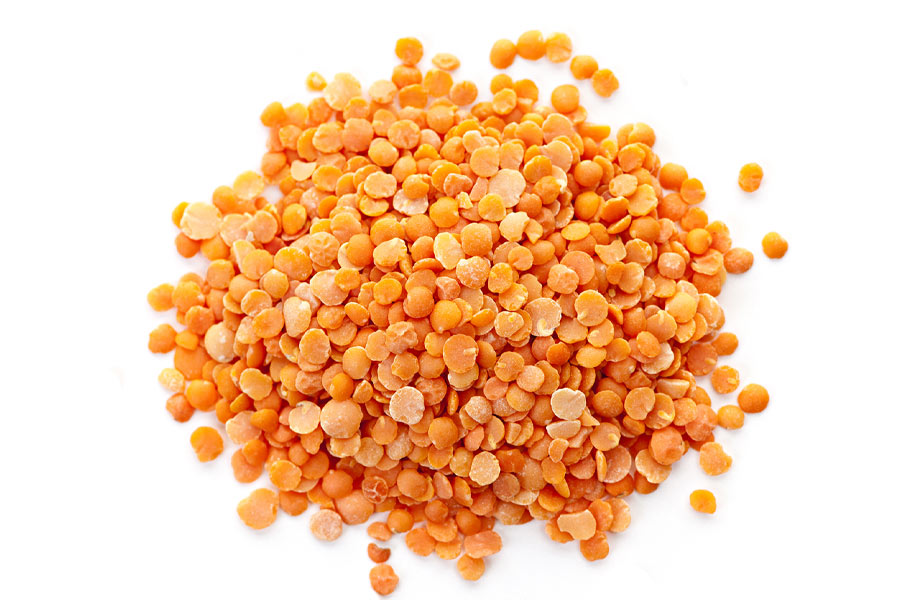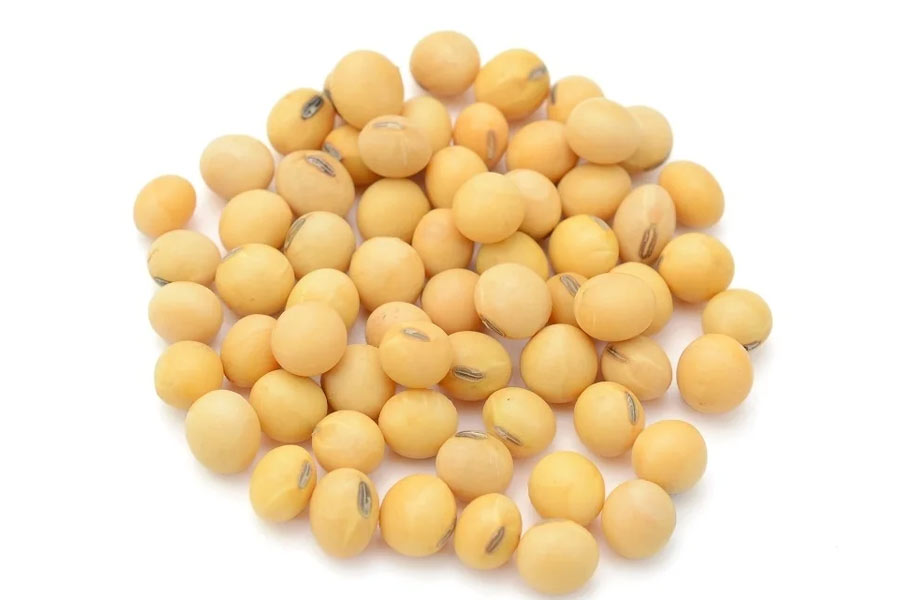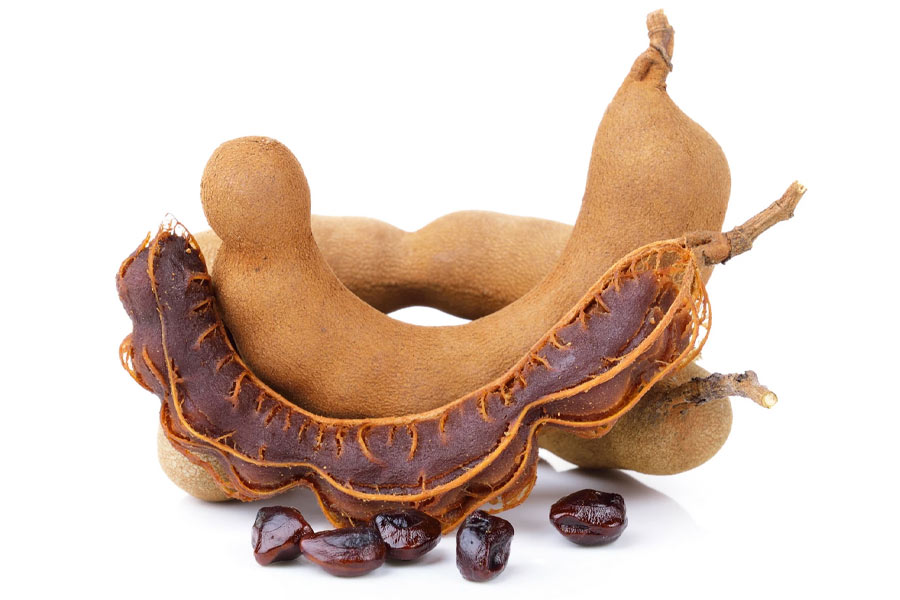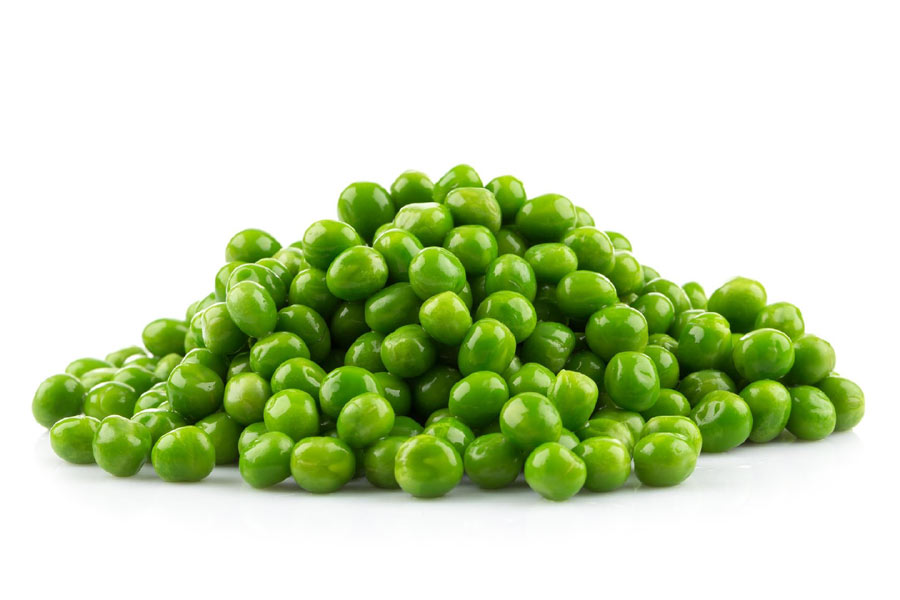kidney bean
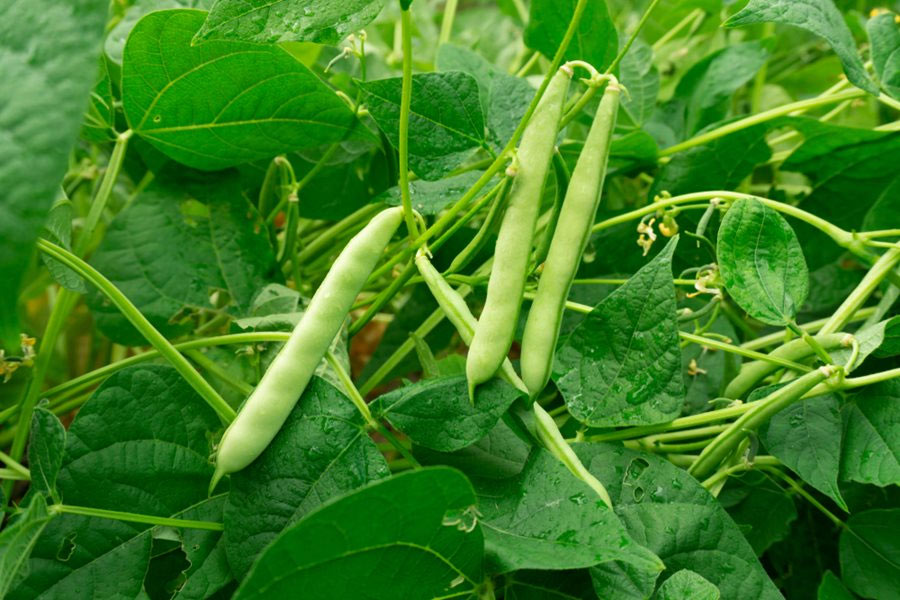
kidney bean (common bean)
Phaseolus vulgaris
Family: Fabaceae
There are many cultivars of the common bean. Here are some.

Kidney Beans
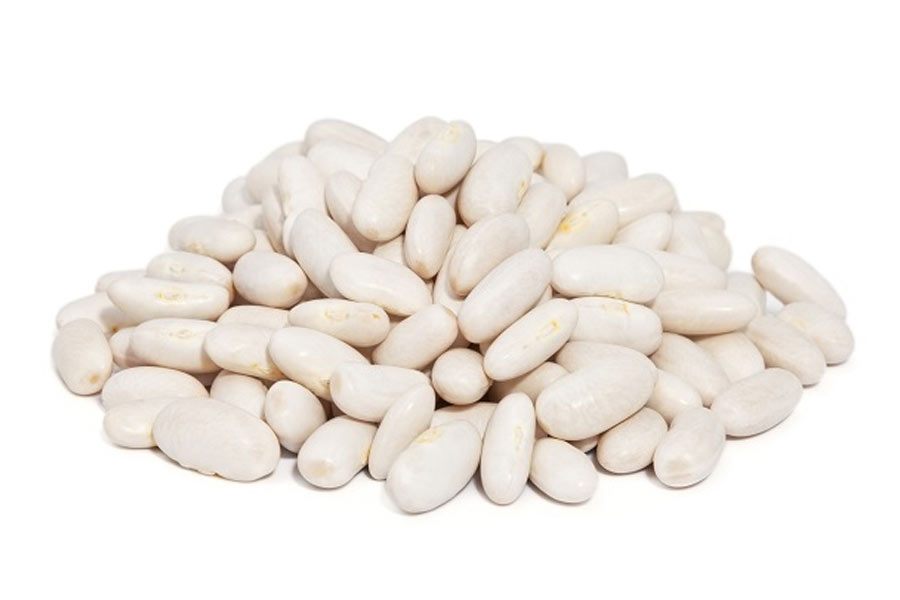
White Beans
Variants: Cannellini Beans, Navy Beans, White Kidney Beans
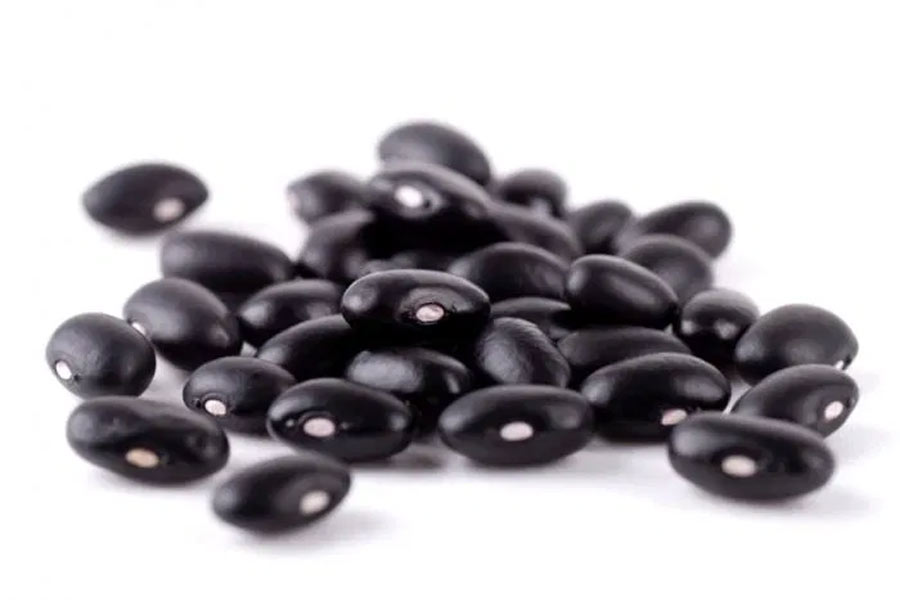
Black Beans
AKA: turtle beans, caviar criollo, and frijoles negros
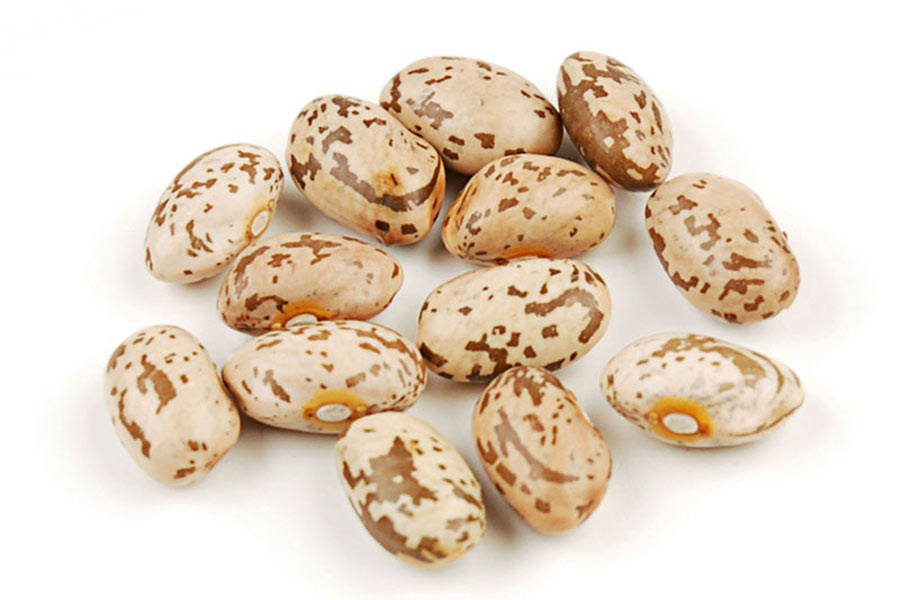
Pinto Beans

Calypso Bean
AKA: Orca Bean or Yin Yang Bean

Pea Bean
» Recipes with kidney bean
» Recipes with kidney bean
» kidney bean is common in these Cuisines
» kidney bean is common in these Cuisines
The Fabaceae Family
a family of flowering plantsAKA: leguminosae, commonly known as the legume, pea, or bean family
Copyright ©
Fika 'n' Food | Made by Henita Design
 India
India Afghanistan
Afghanistan